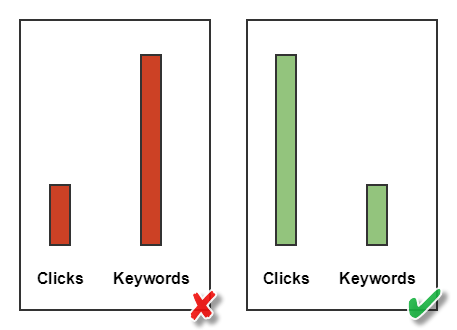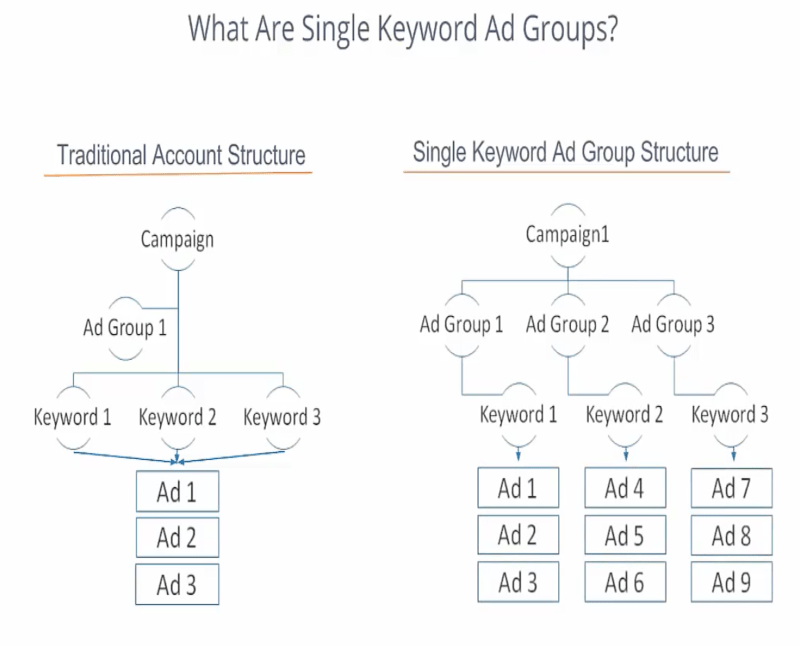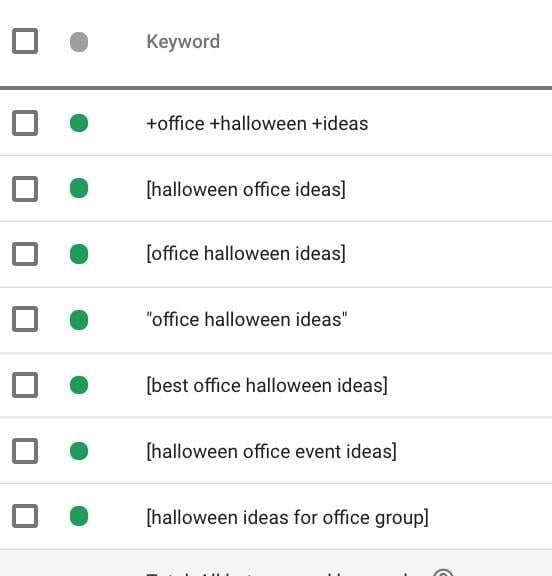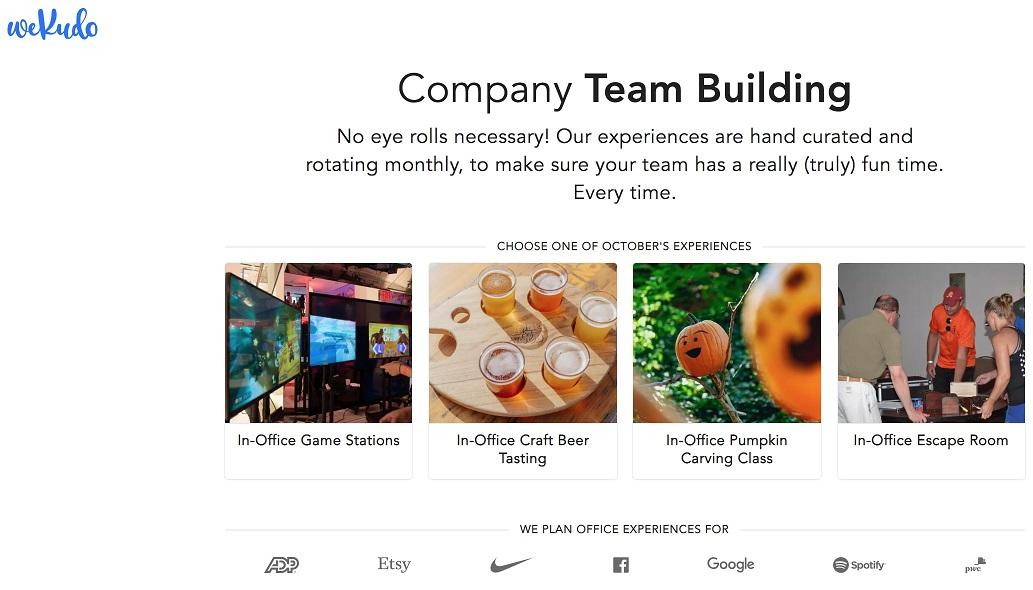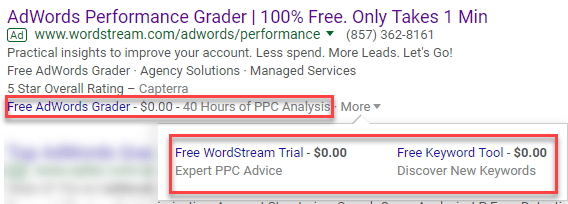
After 10 years, millions of dollars, thousands of conversions and sales, and endless blog posts that show how I nailed it and crushed my competitors (most of the time), it’s time to go in a different direction and reveal the biggest mistakes I made with Google Ads.
Looking back at my work, I’m pretty happy with the overall results. I worked for several startups in different vectors, but always managed to build a successful PPC strategy that got the company excellent results, usually higher than expected. But of course, things weren’t always perfect, and I made my share of budget-burning mistakes along the way. There are a few things I regret doing, and if I could go back in time I would definitely fix them.
Let’s face it, every digital marketer makes mistakes along the way. One of the key elements of what we do is keep testing things and see what works well for us, and improve or eliminate what’s not. What we need to do is learn from our own and our colleagues’ mistakes, so we don’t repeat them.
Keep reading to learn the biggest mistakes you too might be making with Google ads, and how to avoid them.
Let’s get started.
Ready to find out where you’re making mistakes in Google Ads? Get a free account audit with our Google Ads Performance Grader?
1. I tried using way too many keywords at once
The very first thing you always do when starting a search campaign is proper keyword research. I won’t go on and on about why and how to conduct keyword research, because that’s a subject for a post of its own. What I will share with you is the biggest mistake I made with it.
I used too many types of keywords for marketing a single product.
I made this mistake at one of the startups I was working for in the past. Our Facebook campaigns were off the charts, getting us results which were much better than expected, and at a price that was way below the industry benchmarks, but as the head of user acquisition at the company I wanted more, and I couldn’t get it with more display campaigns.
So at the same time I was putting a lot of effort into our search campaigns. I knew from the beginning that eventually Google would get us the results we were expecting, but I also knew it would take time to get there, and looking back at it, I held our search campaigns back by trying to use too many keywords at once.
The (wrong) strategy was trying to figure out which search terms were right for us, and in order to discover it I used everything I could come up with.
So why was it wrong?
Using too many keywords also meant having too many ad groups, writing too many ads, and optimizing too many landing pages, which was very time consuming, and mainly distracted me from the keywords that were really important.
It took me a while to understand that some of my campaigns holding specific types of keywords were simply not worth the effort. I discovered that some keywords that seemed relevant to what I was marketing weren’t really as effective as I expected, and no matter how much I tried to optimize them it wasn’t getting me the ROI I was aiming for. To sum it up – I gave some of my keywords way too many chances, and spent way too much time trying to optimize them.
Once I gave up on them, and focused on the keywords that were truly right for me, I was able to give them all my time and attention, and was able to really optimize them. Doing that cut my CPA on Google in half, and enabled me to allocate my entire budget over to the right campaigns and keywords.
So what I’m trying to say here, is that maybe you should choose your battles. Try to focus on the highly relevant keywords, and put your efforts into “winning” them.
2. I gave the GDN too much time and credit
There are so many good things to say about the Google display network. There are endless ways to use it and optimize it. There are so many different targeting methods and ad sizes and types to get creative with. You can have your ads appear almost anywhere across the web and reach millions of people. But honestly, it can be extremely hard to get the GDN to work well for targeting a cold audience, especially compared to other display channels such as Facebook or LinkedIn.
So what did I do wrong with the GDN?
Believe me, I tried everything – targeting by keywords, interests, similar audiences, affinity and what not. You name it, I tried it. I was even entitled to full support from a dedicated Google team of representatives to handle the huge budget I managed at that time, but even together we simply couldn’t make it work for a cold audience, to enlarge our audience base.
But trying all of this wasn’t the mistake. Everyone should definitely try it out, after all you never know what will work until you’ve tried it, and the fact that it doesn’t work for one brand, doesn’t mean it wouldn’t work for another.
What I was actually doing wrong withe GDN was giving it too much credit that it would eventually work even when the CPA was so much higher than all our other marketing channels, and the quality of the users I got was so low. As I see it, I failed to understand that it’s simply not right for everyone, and it was just not a good fit for what I was advertising. I kept trying and trying to make it work, spending thousands of dollars and endless hours doing it, but I never got good results in return.
So how did I fix it?
At some point, I came to realize that I was better off giving up on trying to reach a cold audience with the Google display network, and I simply used it for retargeting only. It worked like magic. I had more time and budget to invest in all the other channels and it helped me to improve the overall results of my entire user acquisition efforts.
3. I used SKAGs right from the beginning
If you’ve read my previous posts, you’ll know I’m a supporter of SKAGs (single keyword ad groups). Using SKAGs allowed me to create extremely accurate ads and landing pages that perfectly matched the search terms. As you probably already know, the higher the relevancy is, the higher the CTR and conversion rates will be, and the same goes for the quality score, which means you pay less for each click, which leads to a lower CPA, and we can go on and on about it…
So, by now you might ask yourself, if I’m such a big fan of SKAGs, why do I think it was wrong to use them? Well, the answer to that is quite simple. The mistake was how I used them.
I used SKAGs too early, without having any prior data.
This is a mistake I made at one of the companies I worked for. Usually I start using SKAGs only after I have a significant amount of data, which allows to me to pick some of my top keywords and isolate them into SKAGs. This was the right thing to do, since using SKAGs requires a lot of effort in writing many accurate ads and creating specific landing pages to match them. (This is one of the reasons that SKAGs definitely aren’t the right approach for every business or account.)
But this one time, I decided to “get cute” and use SKAGs right from the beginning. I thought I was being super-smart, and would get killer results right away. So I did my keyword research and started building my campaigns and ad groups. It looked perfect. I had lots of ad groups, with highly relevant ads and completely matching landing pages. It seemed like I was building the perfect search campaign.
So how could anything go wrong?
Well, it did, very quickly! Using SKAGs right from the beginning made a mess of my account. I had too many ad groups with too many types of keywords and too many landing pages. It was almost impossible to optimize and get to the point that I really knew which keywords I needed to use, and how I should really write my ads and design my landing pages.
To summarize – without having data, I was throwing away my budget and a lot of my time on the wrong keywords. It was just too much work that didn’t pay off.
As mentioned above, I do think that SKAGs can be a good strategy, but not for everyone. It really depends on the budget you have, and the size of the team managing your account. In my case, I was the only marketing employee in the company doing everything from A to Z. Handling a SKAG campaigns with the little time I had and zero data was just too much for me to handle, and I can honestly say I chose the wrong strategy for us.
What would I do differently?
I would start off with a simpler campaign structure and have ad groups containing a bunch of keywords with the same intent, as in the example below:
Once I had enough data, I would separate the top keywords in terms of volume and effectiveness, and create ad groups that contained only them with all three match types, with highly relevant ads and landing pages.
4. I used too few landing pages
This one is the complete opposite of the last mistake. In the past, there was a time that I put most of my focus on grouping my keywords the right way, writing the best ads I could to improve click-through rates, obsessively optimizing my bids, and cleaning up my search term reports by adding negative keywords. But all of that didn’t really matter, because I wasn’t giving the right amount of attention to my landing pages.
Don’t get me wrong, it’s not that I just sent all my traffic to my site’s home page (the b-i-g-g-e-s-t mistake any digital marketer could ever make!). It’s just that I didn’t have enough landing pages to completely answer what the users were searching for. I was maybe even a bit lazy about it.
What would I do differently?
Without overdoing it (as I did with SKAGs), I would make sure to create a designated landing page for every set of keywords in my account that answer the same user intent.
I’ll use Wekudo as an example. Wekudo offers a simple and automatic solution to plan office events, such as team building activities. So if a user searches for “office team building activity” he will land on a matching landing page:
But what happens if you search for “office team building”? You guessed it:
It’s really not much of a hassle and leads to better Quality Scores and conversion rates.
5. I didn’t always use the full power of ad extensions
Google ad extensions can be super powerful. They allow you to get more space on the Google search results page, add more valuable data to your ad copy, make people directly call you on their mobile phones, send users to different pages of your site, show users reviews and more.
There are a lot of reasons to use them and leverage their full power in your search campaigns. Google allows us to use them in so many ways, analyze their results and help us optimize them, so why not? Well, that’s a question I keep asking the “past me.”
My mistake with ad extensions was simply not using them enough.
It’s not that I didn’t use them, it’s just that I didn’t use them at their full power. As you probably know, you can use extensions at a campaign level or ad group level and match them to what your ad group is about.
In the past, I simply used four or five general sitelink extension, and added them at an account level. Obviously, I was wrong. What I should have done is used more types of ad extensions and make them much more accurate.
So what would I do differently?
Well, obviously, I would simply add more extensions. If I already had sitelink extensions I would add more and test them out. If my campaigns were mobile-enabled, I would add a call extension allowing a click to call straight from the ad. I would use callout extensions to highlight the benefits I offer, and… well, you get the point. I would use everything Google has to offer.
Concerned you’re making other mistakes with your Google Ads copy? Check out this video of what to avoid!
Final thoughts
As mentioned above, every digital marketer makes a few mistakes along the way. I don’t think there are many other professionals out there that are more dependent on testing, trying, and getting it wrong sometimes.
But that’s not a problem. Regardless of all the mistakes I listed above, I mostly got killer results and amazing ROI. It happened because I quickly learned from my mistakes and from reading a lot about what was working for others and what wasn’t.
I hope you’ll learn from my mistakes, and that this post will help you avoid making them in the first place. For more tips like this, head to our post 7 Things I Wish I Knew When I Started PPC.

